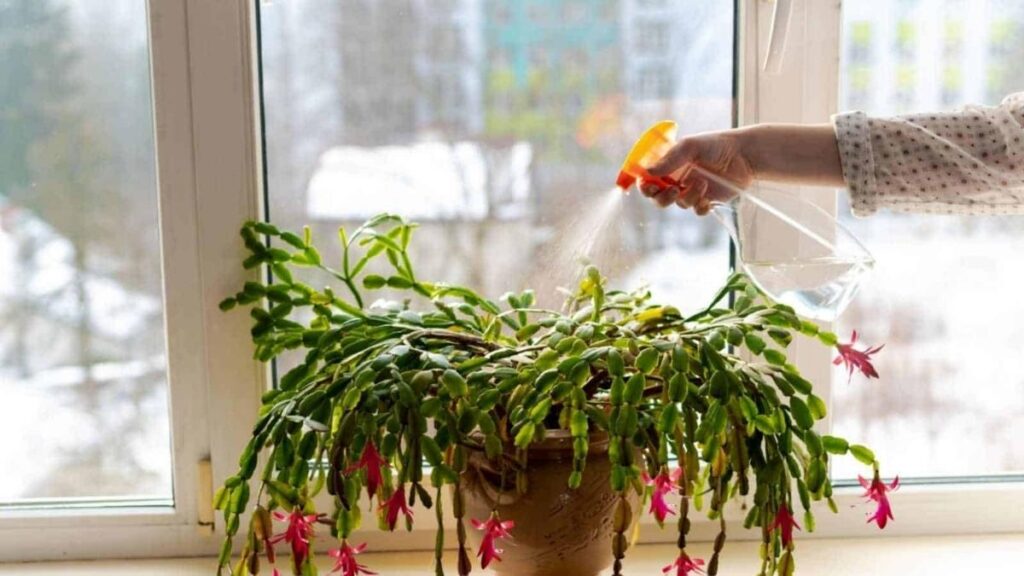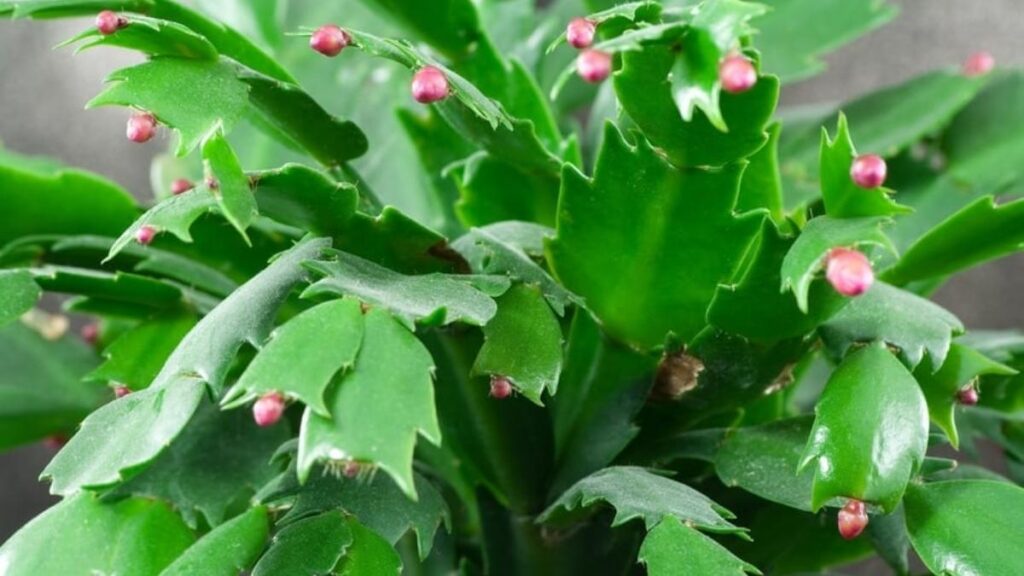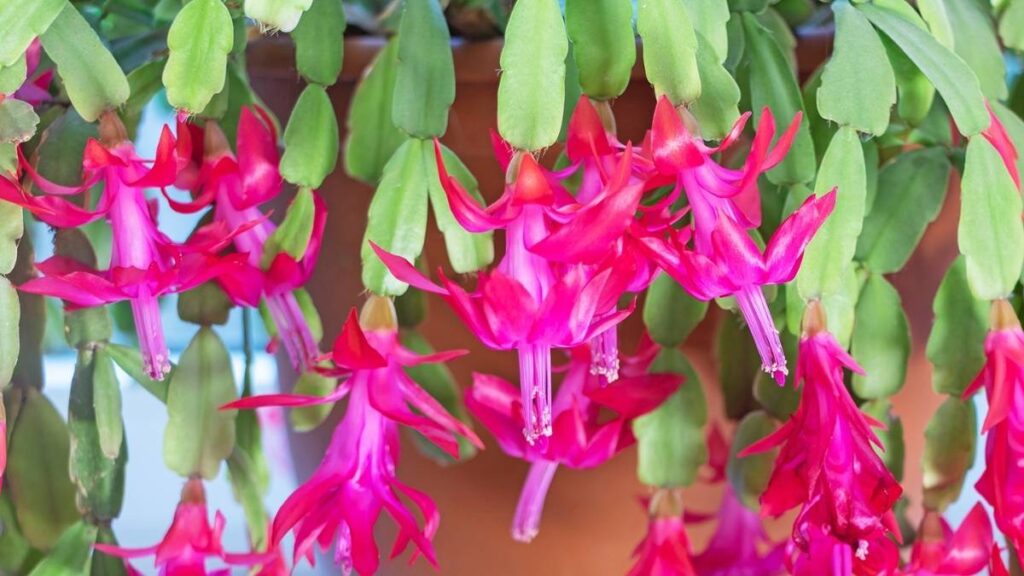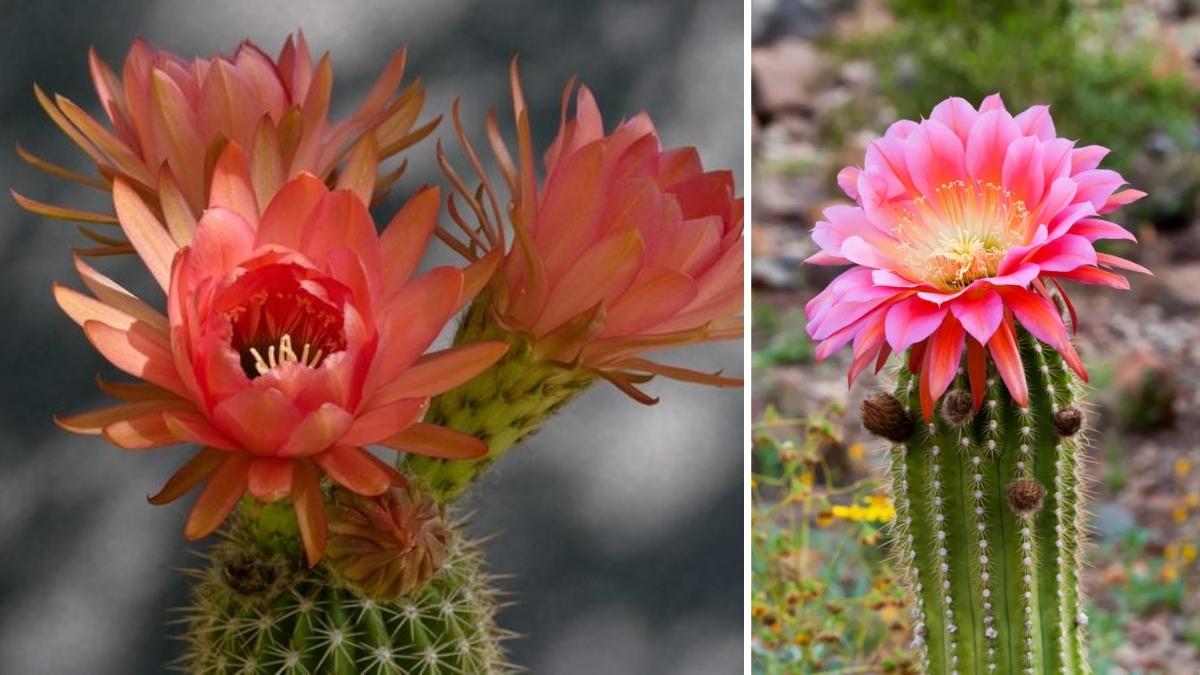A Thanksgiving cactus is a cheerful houseplant that brings bright color indoors just as winter begins. Its flowers open around late November, making it a natural decoration for the holiday season. But many people are unsure how to get it to bloom on time. The process is simple once you understand what the plant needs. With a little planning, you can enjoy a beautiful display every year without stress.
Below is a clear and easy guide to help your Thanksgiving cactus bloom right on schedule.
Understanding Your Thanksgiving Cactus

Before you try to time its blooming, it helps to know a bit about the plant. A Thanksgiving cactus is part of the Schlumbergera family, which includes Christmas and Easter cactus varieties. Many people confuse them, but the Thanksgiving cactus usually has pointed, claw-shaped segments rather than rounded ones.
Unlike desert cactus, this plant grows naturally in shady forests where it receives filtered sunlight and higher humidity. Because of this, it prefers mild temperatures and indirect light. Once you understand its natural habits, timing the blooms becomes much easier.
The Importance of Light and Darkness
The main trigger for blooming is the balance between daylight and darkness. Thanksgiving cactus needs shorter days and long nights to form buds. This period usually begins in early fall.

If the plant receives too much artificial light at night, it can delay or even stop the flowering cycle. That means streetlights, overhead lamps, or even a nearby TV can confuse the plant. To help it stay on schedule, keep it in a room that becomes naturally dark after sunset. Another option is to place it in a closet or unused room for at least 12 to 14 hours of darkness each night for several weeks.
Once buds start forming, you can move it back to its normal spot as long as the nights remain mostly dark.
Cool Temperatures Make a Big Difference
Light alone will not guarantee blooming. Temperature also plays a big role. Thanksgiving cactus forms buds best when daytime temperatures stay between 60 and 70 degrees Fahrenheit, and nighttime temperatures drop a bit lower. These cooler conditions mimic the plant’s natural environment before the blooming season.
If your home stays very warm, try placing the plant near a window that stays cool at night. Just be sure it is not exposed to freezing drafts. A steady, cool environment will encourage it to start budding right on time.
Watering the Right Way

Watering habits matter more than many people think. Thanksgiving cactus enjoys moisture, but it does not like soggy soil. Too much water can cause the roots to rot, while too little can cause buds to fall off before they open.
During the growing season, water when the top inch of soil feels dry. Reduce watering slightly during the fall bloom-triggering period, letting the soil dry a bit more between waterings. Once buds appear, return to normal watering to support healthy flowers.
Using room-temperature water helps prevent shocking the plant. Good drainage is also essential, so make sure the pot has holes and is not sitting in standing water.
Feeding for Better Blooms

Your Thanksgiving cactus does not need heavy feeding, but regular nutrients during spring and summer keep it strong and able to produce more blooms. A balanced, water-soluble fertilizer once a month is usually enough.
Stop feeding by late summer. Too much fertilizer late in the season may encourage leafy growth instead of flower buds. Letting the plant rest from feeding helps shift its energy toward blooming as the days grow shorter.
Repotting and Soil Tips
Thanksgiving cactus likes slightly crowded roots, so it does not need frequent repotting. In fact, repotting too often can delay blooms. Every two to three years is enough, preferably in late winter or early spring, after blooming has finished.
The best soil is loose and well-draining. A mix designed for succulents, combined with a bit of regular potting soil, works well. Good airflow around the roots helps keep the plant healthy and ready for its blooming cycle.
How to Handle Bud Drop

Sometimes buds form perfectly but fall off before they open. This can happen for several reasons, including sudden temperature changes, overwatering, underwatering, or moving the plant too often.
Try to keep conditions stable. Once buds appear, avoid shifting the plant to new locations unless absolutely necessary. Even turning the pot can sometimes disturb the plant. gentle and consistent care helps ensure that the buds open fully.
If bud drop occurs, do not worry too much. The plant can try again next year, and small changes in your care routine will often fix the problem.
Encouraging Perfect Timing
If you want the cactus to bloom right for Thanksgiving every year, start preparing in late September or early October. Begin the darkness routine for several weeks, keep temperatures cool, and reduce watering slightly. By early November, you should see buds beginning to form. Flowers usually open two to four weeks after buds appear.
Once the plant is blooming, place it somewhere you can enjoy it. Keep it away from direct heat, strong drafts, and bright midday sun. Proper care during blooming helps the flowers last longer.
Enjoying Your Holiday Blooms
A Thanksgiving cactus that blooms on time adds warmth, color, and a festive feeling to your home during the holiday season. Once you understand its natural needs, helping it follow its rhythm becomes simple. With the right mix of darkness, cool temperatures, and gentle care, your plant will reward you with bright, beautiful flowers just when you want them.
By paying attention to the small details and giving the plant a steady routine, you can enjoy reliable blooming year after year. It becomes not just a houseplant but a holiday tradition you can look forward to every season.



